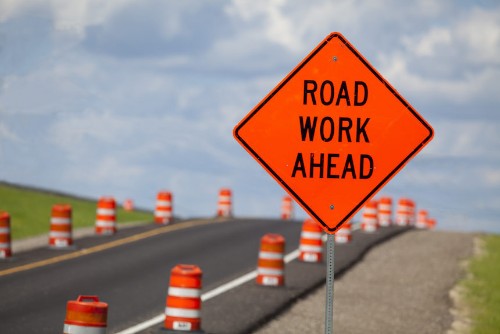The Black Ink Team's Guide To Road Construction
by Black Ink Team

When one needs to be made, many factors dictate what a road will ultimately be. The type of vehicles that will be driving on it, the other roads it connects to, the climate of the area it passes through, and local wildlife are just a few examples. Budget and the timeframe it must be built in are also determining factors. State-owned transportation organizations are responsible for building and maintaining most roads, but private entities build and maintain roads as well.
Once the design for the road is finished, the initial building step is earthwork. Embankments on either side of the road are built out of material on or next to the path for the road, which protect the road's surface and facilitate drainage. Large deposits of rock may require heavy machinery or explosives to remove. Small deposits can be tackled with jackhammers or backhoes. The goal of earthwork is to create a durable, level surface on which the road can sit on for decades. Culverts or bridges may be needed to allow water, animals, or other roads to pass under the road.
After the base has been made secure, layers of gravel (aggregate) are added on top. Each layer gets moistened and compacted using a road roller to make them more stable. The purpose of gravel is to provide a more substantial surface for the asphalt or concrete to adhere to. Dirt is much more susceptible to water erosion and ice calving. If asphalt is the paving material of choice, sand must be added after the final layer of gravel to create a binding layer. Concrete uses cement instead of sand. Before paving, heavy trucks are rolled over the base to prove whether it is stable or not.
The paving on top accounts for roughly 10% of the final height of the road. Asphalt is dumped onto the base and then plowed to spread it over the road, whereas concrete is poured in slabs which are then joined by dowels. After paving is complete a final roll is conducted to bind the paving layer to the base as much as possible. The road is opened after all of the supportive structures (medians, sound walls, toll booths, etc.) are complete.
